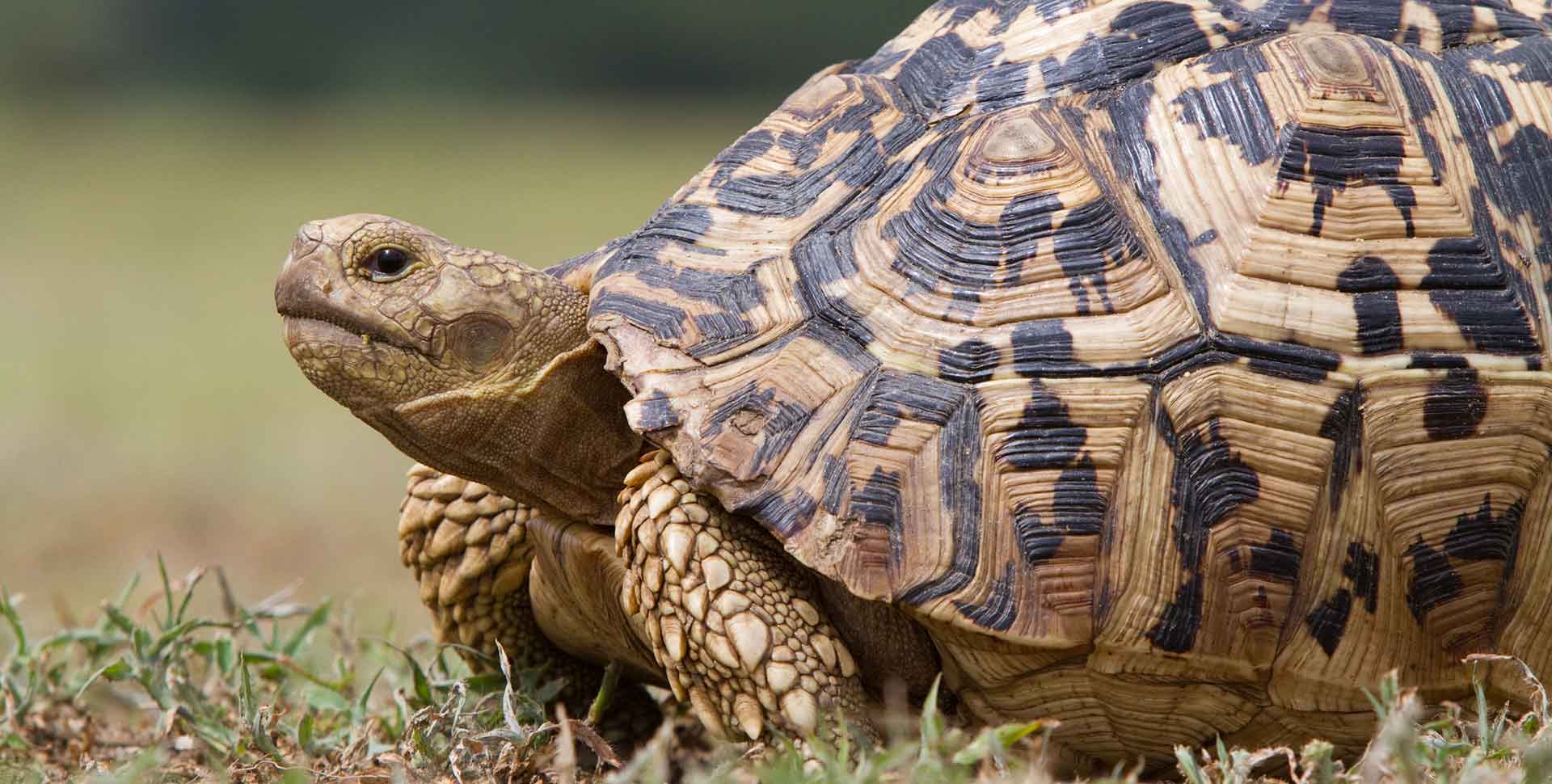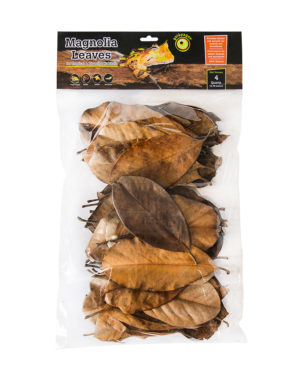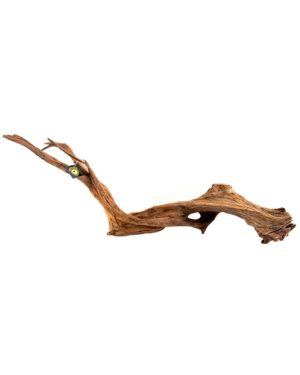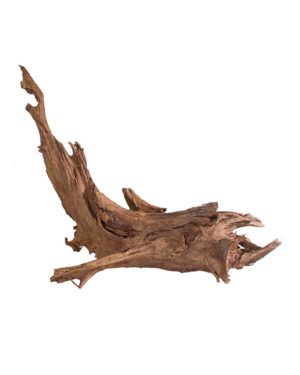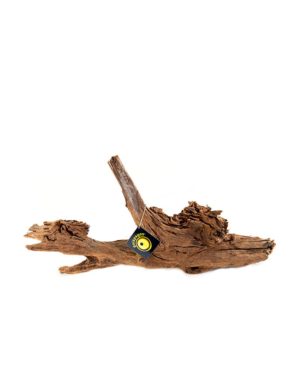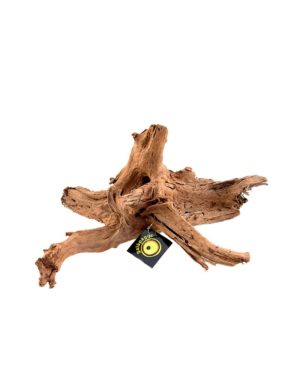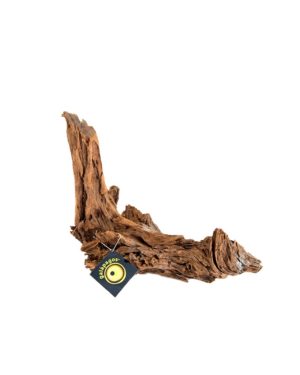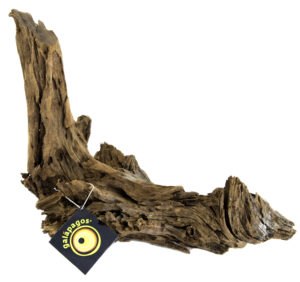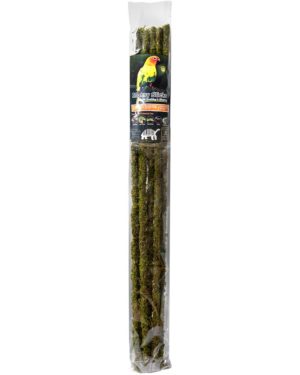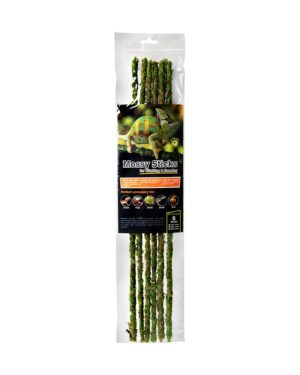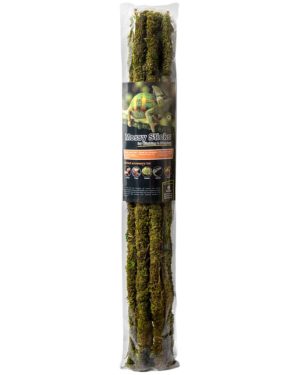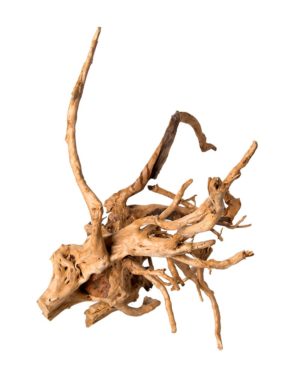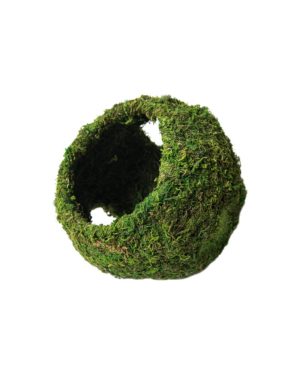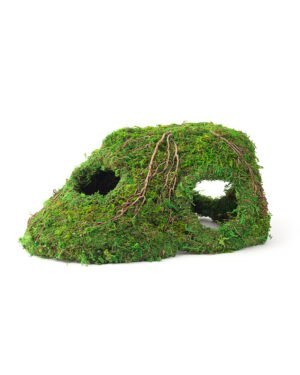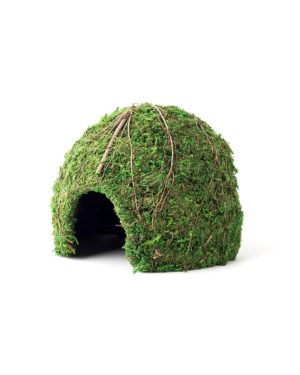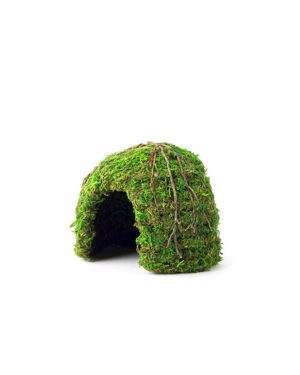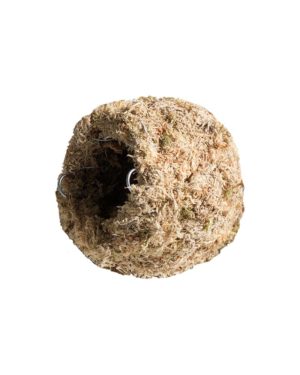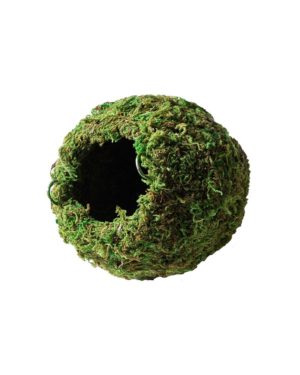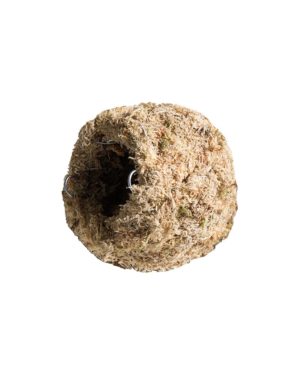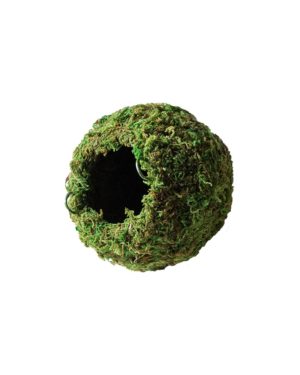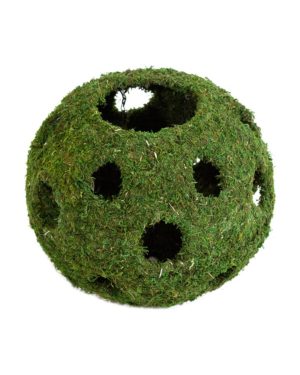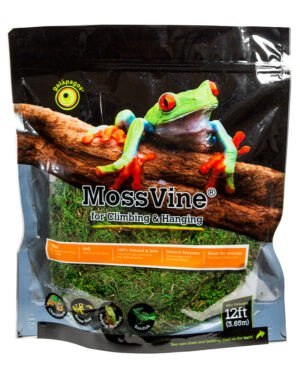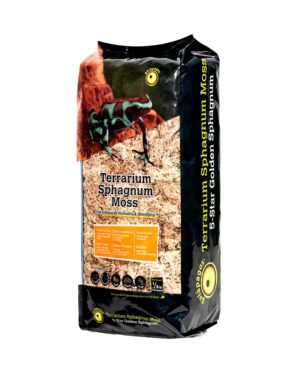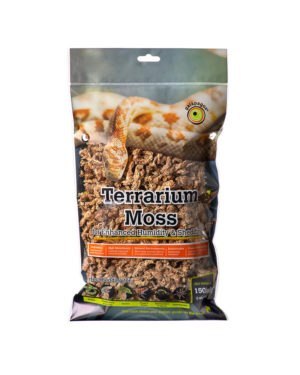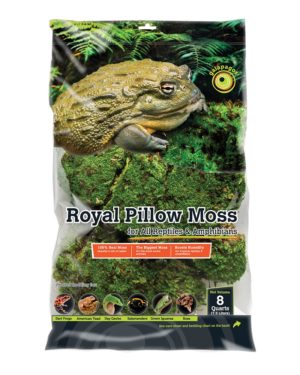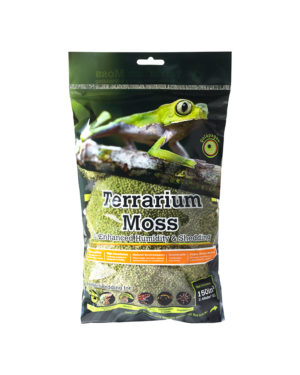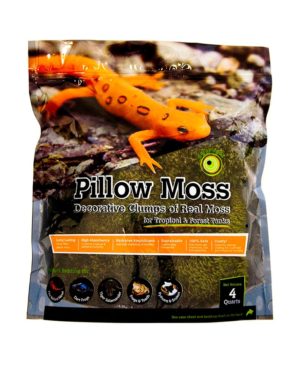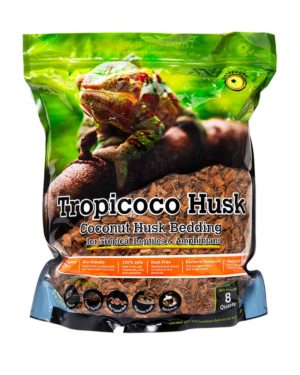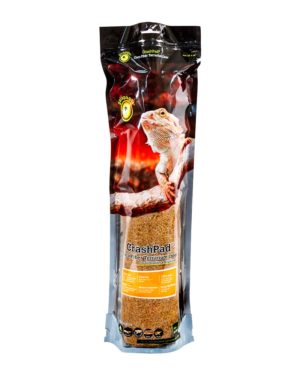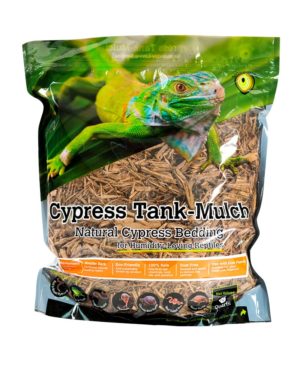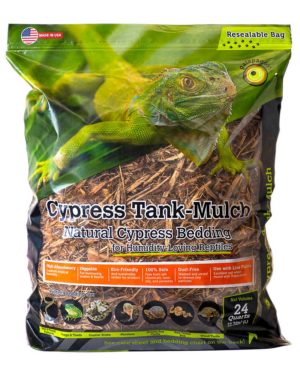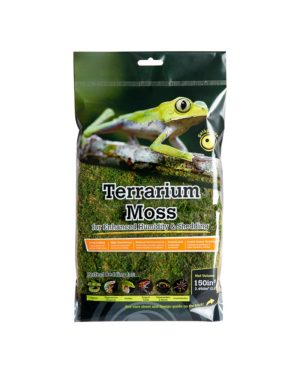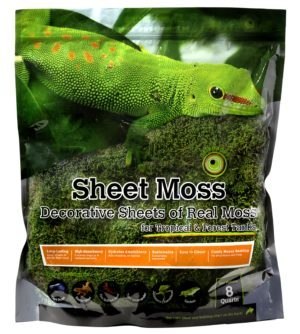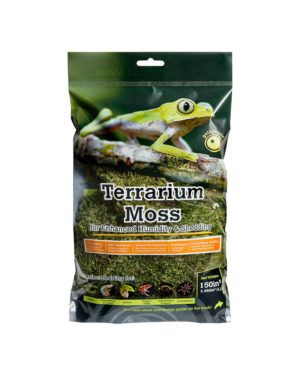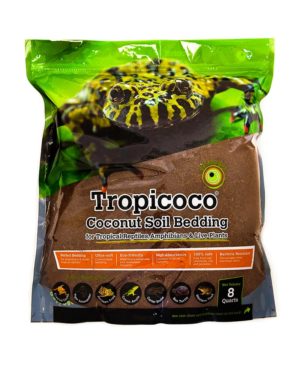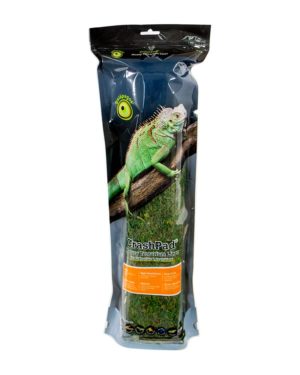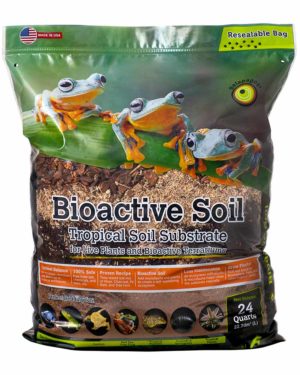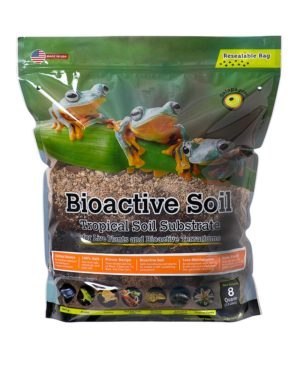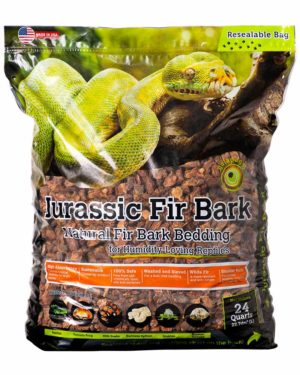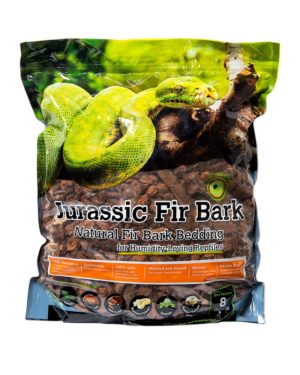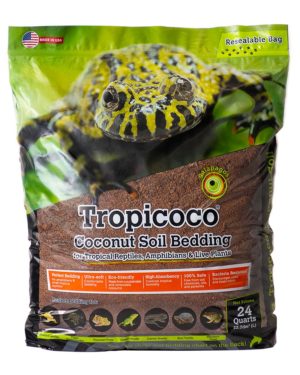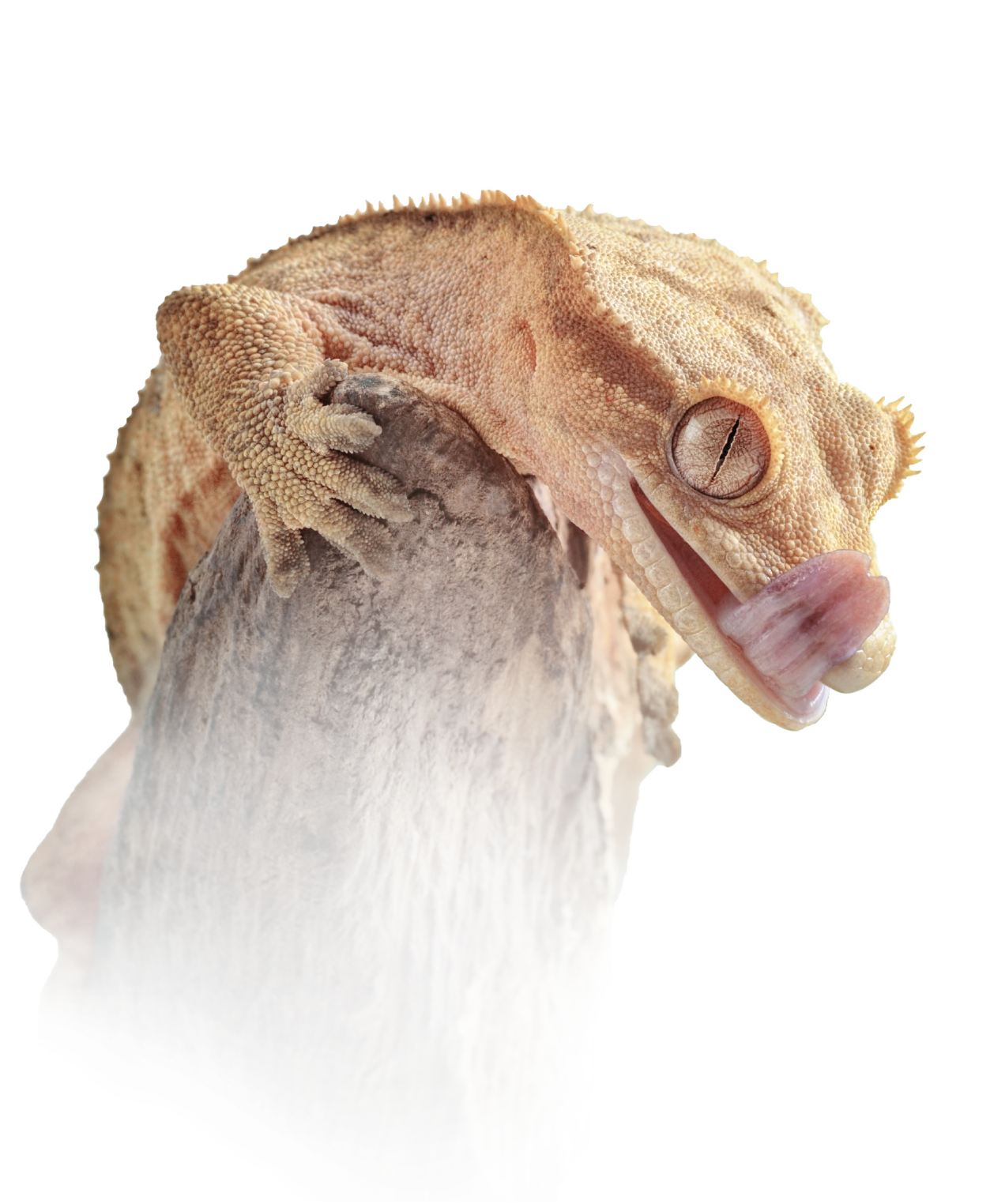Environment
Tropical
Light
UVB
Temperature
75-95 °F
Humidity
75-80%
Most Active
Diurnal
Lifespan
50-100 years
Size:
Leopard tortoises hatch out at approximately 4 inches in length. Adults range from 10-18 inches, though some can get up to 24 inches. Adult weight anywhere from 25-40lbs depending on their locality and subspecies. Unlike some other reptilian species, leopard tortoises have a large range of subspecies and size is not always an indicator of sex.
Lifespan:
In captivity, with proper care, leopard tortoises can live 50-100 years or more.
Enclosure:
When designing your leopard tortoise’s enclosure make sure to remember that they are commonly found in warm, humid climates. Outdoor enclosures are generally the best option for adults but indoor caging is fine when outside weather and temperatures will not allow a safe enclosure. Hatchling tortoises are almost always kept indoors while growing as temperatures, food intake, and odd behavior is easier to monitor.
A pair of leopard tortoises can be kept in a 10×10 foot enclosure with walls at least 18 inches high. Leopard tortoises do not climb or dig, with the exception of egg laying, but it is best to use material that they will not chew through and cannot see through. Unlike other species of tortoise, leopard tortoises are not aggressive during mating or territorial so multiple tortoises can be kept together.
Temperature & Humidity
Providing a heat gradient with lows in the mid 70s and a basking spot of 95 degrees Fahrenheit is very important as reptiles are cold blooded and must be able to regulate their body temperature. Humidity should be kept around 75-80 percent.
A great way to help control and maintain humidity and make your leopard tortoise’s enclosure more natural is with mosses. Golden Sphagnum Moss, Green Sphagnum Moss, Sheet Moss, Pillow Moss, and Royal Pillow Moss are all excellent at storing and maintaining humidity and work well with Hides to create humidity.
Lighting
In addition to a basking spot, a full-spectrum UVB light is absolutely necessary if the tortoise is being kept indoors. UVB lighting is essential in allowing tortoises to absorb calcium D3. There are many options for UVB and basking elements, consulting a breeder or knowledge pet store employee and research brands to determine the best options for your setup.
Feeding
Leopard Tortoises are herbivores and feed on a variety of grasses and vegetation in the wild. A high-fiber diet with supplemental calcium is recommended. Since there are many brands that create a captive diet specifically crafted to a Leopard Tortoise, consulting a breeder or knowledgable pet store employee would be best for recommendations.
Dandelion greens, mustard greens, hibiscus leaves, and spineless cactus pads are some popular supplemental foods that can be fed a couple times a week in addition to their normal captive diet.
Fruit can be given on rare occasions as they are high in sugars and should not account for more than 5 percent of the tortoise’s total diet. Some safe fruits are: strawberries, mangos, bananas, apples, honeydew, watermelon, cantaloupes, and raspberries.
Substrate
Newspaper and paper towels are okay to use if the tortoises are being brought indoors for only the night. As a permanent substrate, Cypress Mulch, Orchid/Fir Bark, and Coco Husk are great naturalistic substrate options that help maintain and control humidity. Lastly, Coconut Soil is another option that is very good at holding moisture. No matter what substrate you decide to use make sure to keep an eye on humidity as too much or too little can cause problems.
Hides
Providing a safe hiding place for your Leopard Tortoise is extremely important to the overall health of your reptile. Leopard Tortoises need a secure, dark cave or hide that they can retreat to in order to reduce stress and feel safe. It is best to have at least two hides in the enclosure with one placed on the hot side and one on the cold side. This is so the Leopard Tortoise can properly control its body temperature and feel safe no matter which side they choose. There are a variety of hides available on the market but when the tortoise reaches an adult size many keepers craft their own.
Decor
After the necessities, Leopard Tortoise enclosures can have any variety of decor that help to add enrichment. Spider Wood, Dragonwood, and Driftwood are popular implements that provide a shelter, shade, and often become the centerpieces of the enclosure. Natural Stones, Perches and Vines are also a great addition for general stimulation and enrichment with the added benefit of a naturalistic look.
Interesting Facts:
- There are two different species of Leopard Tortoises due to geographical variations. S. p. babcoki and S. p. pardalis. S. p. babcoki is the most common in the pet trade.
- In the wild, Leopard Tortoises will gnaw on bones or even hyena feces to obtain calcium. The calcium is essential in providing minerals to keep the tortoise’s shell in prime condition and aid egg production in females.
- The base of the shell is known as the “plastron” and helps to determine the sex of the tortoise. Females have a flat plastron while males have a concave one. The concave plastron allows the male to mount the female during mating.
- Tortoises have individual panels on their shells called “scutes.” They grow each season and, thus, you can estimate the age of a tortoise similar to how you would for rings on a tree.
- Leopard Tortoises store water for the winter in their “bursa sac.” This reserve of water helps keep them hydrated and is also used by females to moisten the ground when digging to lay eggs.


